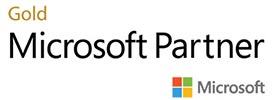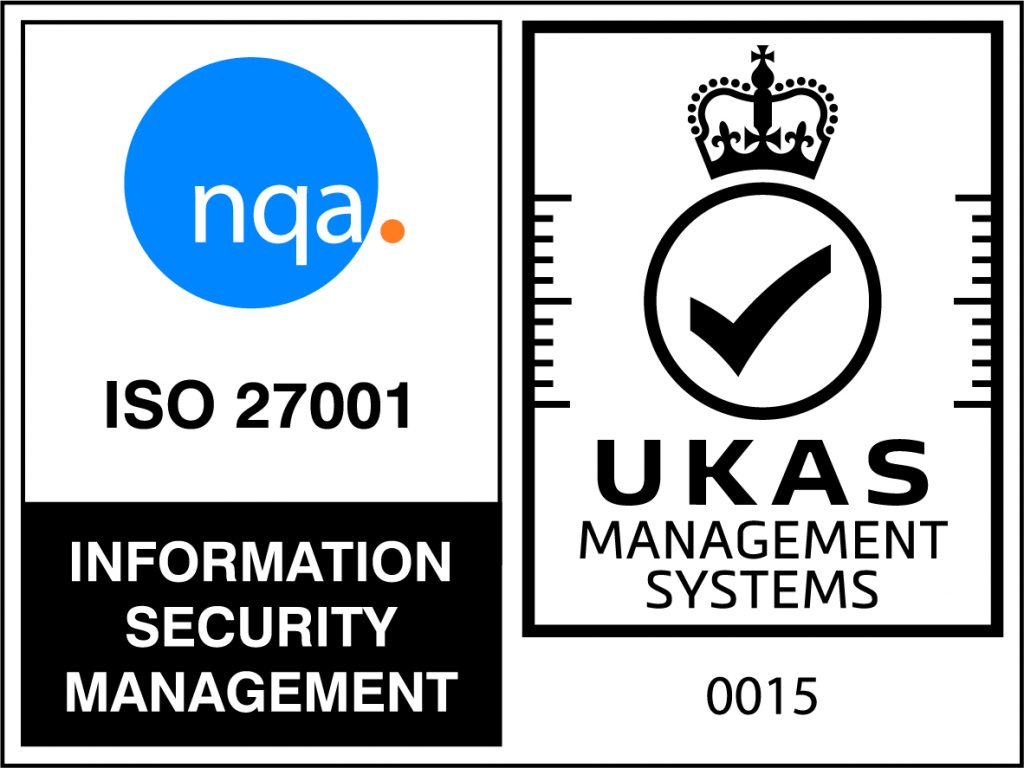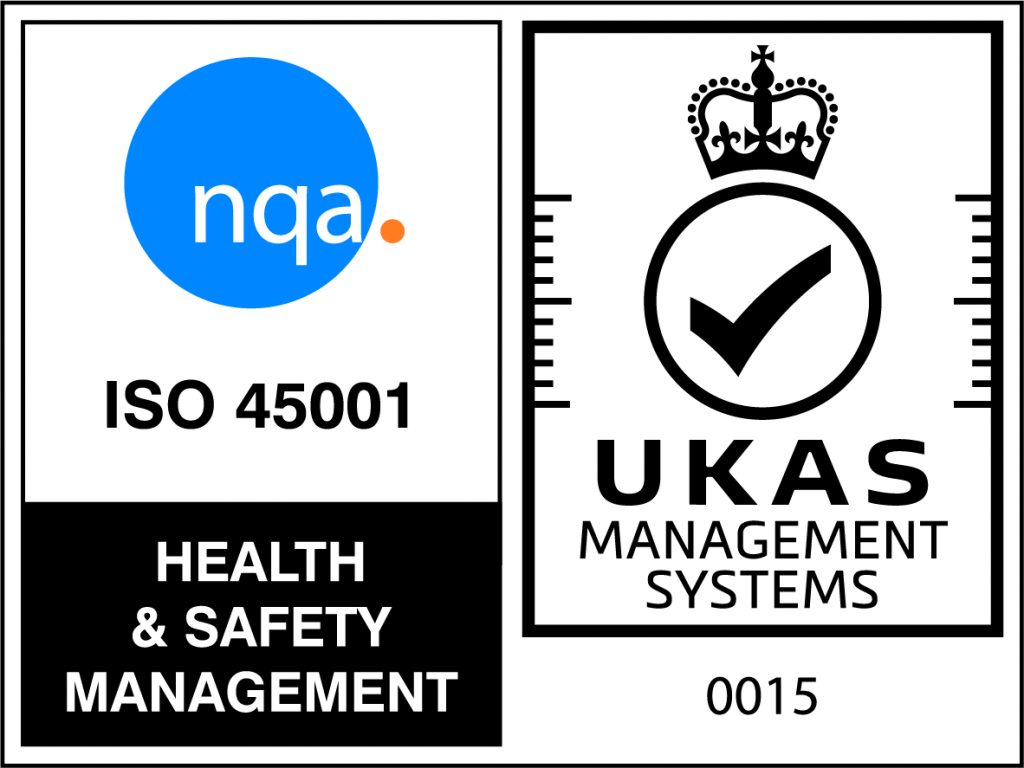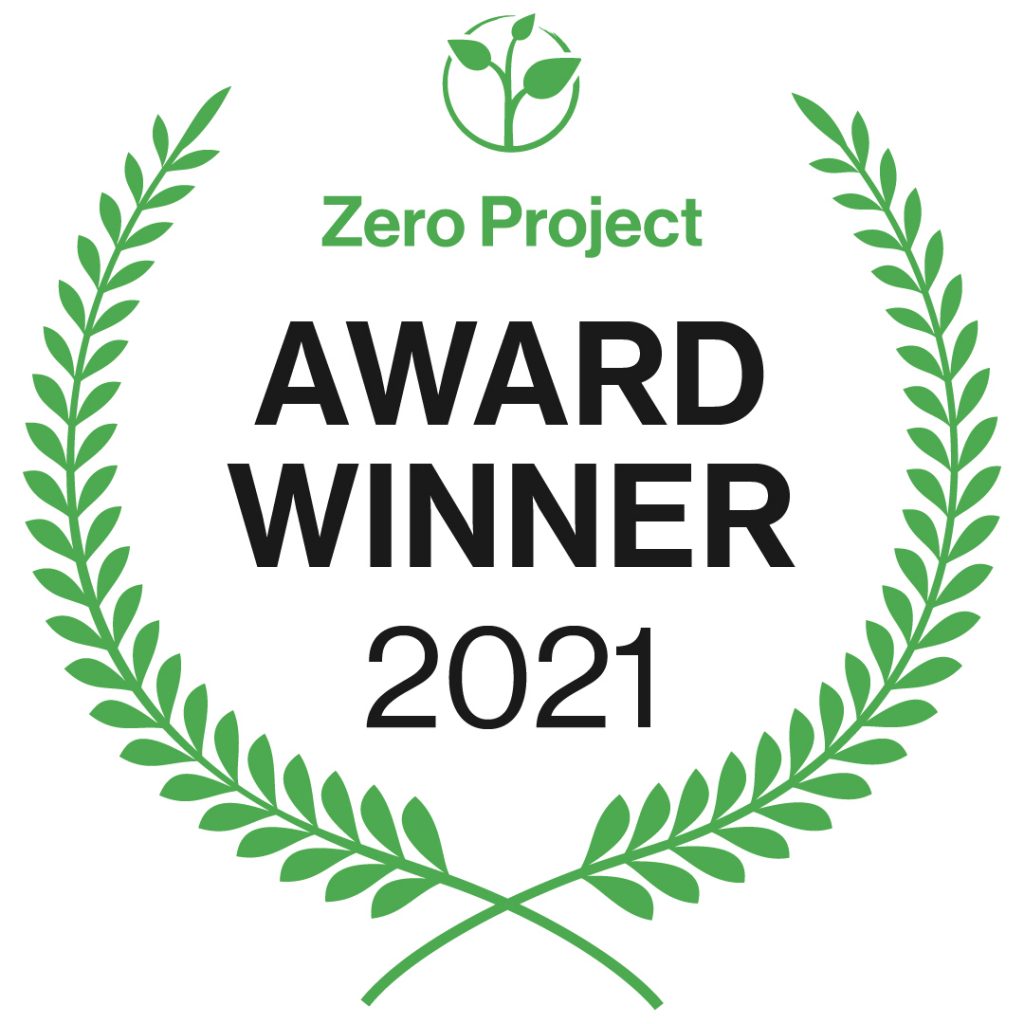The diversity within Diversity
The context for this piece is that my colleagues and I at ASM have for the last decade been supporting neurodivergent people to find and retain employment. We currently work with around 150 individual clients, and are involved with 60-odd different companies and organisations across all sectors of the economy.
When companies talk about their commitment to diversity and inclusion, the assumptions – both conscious and unconscious – will vary from one organisation to another. Although one assumption which does seem fairly constant is that whichever excluded group is the current focus for inclusion, this group is somehow broadly homogenous: that the individual needs of its de facto constituents are all broadly similar. In terms of the need to be treated fairly by employers who make the necessary adjustments to enable them to work their potential in their jobs (and indeed to level the playing field for them at the recruitment stage), this may be true; but only in this broadest of contexts. In every other context, there is huge variation in the ways that the various aspects of these ND conditions interact with different people’s personalities, preferences, experiences and predispositions. There is, in short, as much individual diversity within neurodivergence as there is within the neurotypical population.
And this is where the labels – autism, ADHD, dyspraxia and the others – can be at best unhelpful, and at worst actively counterproductive. This is particularly true for autism, although what follows also applies to the other ND conditions to varying degrees. Following the removal of Asperger’s syndrome as a distinct condition from the fifth edition of the DSM back in 2013, ‘autism’ now has to cover a huge range of aptitudes, sensitivities and sensibilities: from people with doctorates in AI who have broadly found strategies to succeed in the neurotypical world, through to people with a formal learning disability who may be non-verbal and have significant lifelong support needs. Any label supposedly broad enough to cover this kind of range will necessarily be unable to convey much information that is of any practical use, either to the individuals themselves or to the people around them. However the label also acts as a flag for other people which throws up a whole host of different associations for them, many of which are simply wrong. I’ve spent a lot of time over the last 15 years correcting a lot of generalised assumptions based on something they’ve read online, or the behaviour of the Sheldon character in the Big Bang Theory, or the needs of an autistic family member which they unthinkingly assume will simply map across.
It is only when you get to know each individual as an individual – the skills and abilities, the strengths and weaknesses, their sensitivities and preferences, and any aspects of the working environment that present particular obstacles for them – that you can have any realistic insight in what is likely to be helpful for them in this particular role, in this particular workplace, with this particular team of people. Which isn’t especially surprising when you think about it, since this is the way we get to know any of our other colleagues: they just don’t have a label attached to them. This isn’t in any way to downplay the obligation on the employer to make Equality Act ‘Reasonable Adjustments’ for an employee who’s declared a protected characteristic; rather, it’s to emphasise the importance of implementing these adjustments effectively in each instance, which can only be done on an individual, case-by-case basis.
Recognising the diversity within Diversity is the first step. Facilitating it is the next, and this is how you do it.

 Back to News
Back to News

















